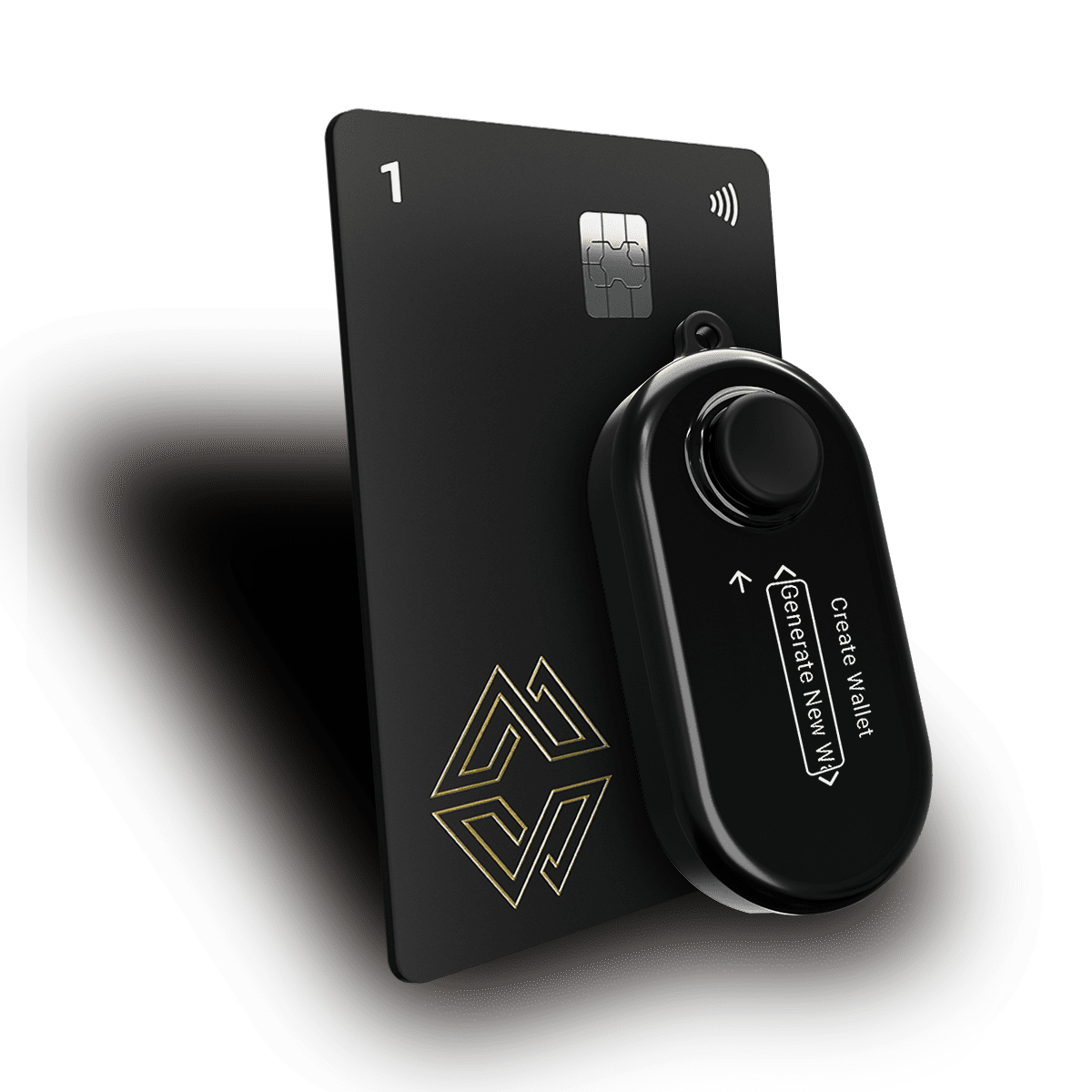

The world of technology is constantly evolving, pushing boundaries and opening up new avenues for creativity and innovation. Two such groundbreaking trends that have gained significant attention in recent years are Non-Fungible Tokens (NFTs) and Virtual Reality (VR). NFTs have revolutionized the concept of digital ownership, while VR has transformed the way we experience and interact with virtual environments. In this blog, we will delve into the exciting synergy between NFTs and VR and explore the potential future implications of this powerful combination.
To grasp the significance of the synergy between NFTs and VR, let’s first understand what NFTs are. NFTs are unique digital assets that are authenticated and verified on a blockchain. Unlike cryptocurrencies such as Bitcoin or Ethereum, which are fungible and can be exchanged on a one-to-one basis, NFTs represent ownership of a specific item or piece of content, be it artwork, music, videos, or even virtual real estate. The blockchain technology ensures the authenticity, provenance, and scarcity of these digital assets, providing a new way for creators to monetize their work and for collectors to own and trade unique digital items.
Virtual Reality, on the other hand, has been a long-standing vision in the tech industry. It has gained significant traction in recent years with the development of more immersive and affordable VR headsets. VR enables users to step into virtual worlds, experiencing a sense of presence and interactivity like never before. From gaming and entertainment to education and training, VR has the potential to revolutionize various industries and transform the way we engage with digital content.
The convergence of NFTs and VR creates a powerful synergy that has the potential to reshape digital experiences. By combining unique digital assets with immersive virtual environments, creators can offer unparalleled experiences to collectors and users. Let’s explore some of the ways in which NFTs and VR are already coming together:
The introduction of advanced VR headsets, such as the Meta Quest Pro and Apple Vision Pro, further amplifies the potential of the synergy between NFTs and VR.
Meta Quest Pro is a high-end mixed reality headset designed for business and enthusiast users. With its pancake lenses, high-resolution cameras, integrated face and eye tracking, and updated controllers, the Meta Quest Pro provides an immersive and interactive mixed reality experience. By integrating NFTs into its ecosystem, the Meta Quest Pro can enable users to own and trade unique NFT assets within the mixed reality environment. Users can customize their virtual avatars with NFT fashion items, showcase NFT artwork in virtual galleries, and even participate in virtual events where NFTs play a central role.
On the other hand, Apple Vision Pro introduces a revolutionary spatial computer that seamlessly blends digital content with the physical world. With its ultra-high-resolution display system and spatial operating system (visionOS), Apple Vision Pro offers a fully three-dimensional user interface controlled by natural inputs such as eyes, hands, and voice. The integration of NFTs within Apple Vision Pro can create a seamless and immersive experience where users can interact with and own virtual assets as NFTs, blurring the boundaries between the physical and digital realms.
As the synergy between NFTs and VR continues to evolve, the future possibilities are vast and exciting. Here are some potential implications and developments to look forward to:
Cypherock X1 is the world’s first seedless hardware wallet that provides secure storage and management of your crypto assets including NFTs. Do note that Cypherock X1 is BIP39 compatible, and seedless does not mean Cypherock X1 has no seed phrase. Rather, you are not required to back up the seed phrase if you do not want to.
By connecting your Cypherock X1 to OpenSea through WalletConnect, you can seamlessly interact with the marketplace and make purchases.
If you wish to learn the step-by-step procedure, watch this video: Refer to this video.
The synergy between NFTs and VR holds immense potential for the future of digital experiences. By combining the uniqueness and scarcity of NFTs with the immersive and interactive nature of VR, creators can offer unparalleled virtual experiences, and users can engage with digital content in novel and meaningful ways. With the advancements in VR technology and the introduction of advanced headsets like Meta Quest Pro and Apple Vision Pro, the possibilities for integrating NFTs into virtual environments are expanding even further. As this synergy continues to evolve, it is crucial to address challenges such as scalability, accessibility, and sustainability to create a vibrant and inclusive virtual ecosystem that empowers creators, collectors, and users alike. The future of NFTs and VR is undoubtedly exciting, promising a new era of immersive, interconnected, and monetizable virtual experiences.

We are live for orders @ www.cypherock.com/product/cypherock-x1
Connect with us:
Twitter :twitter.com/CypherockWallet
Telegram: t.me/cypherock
